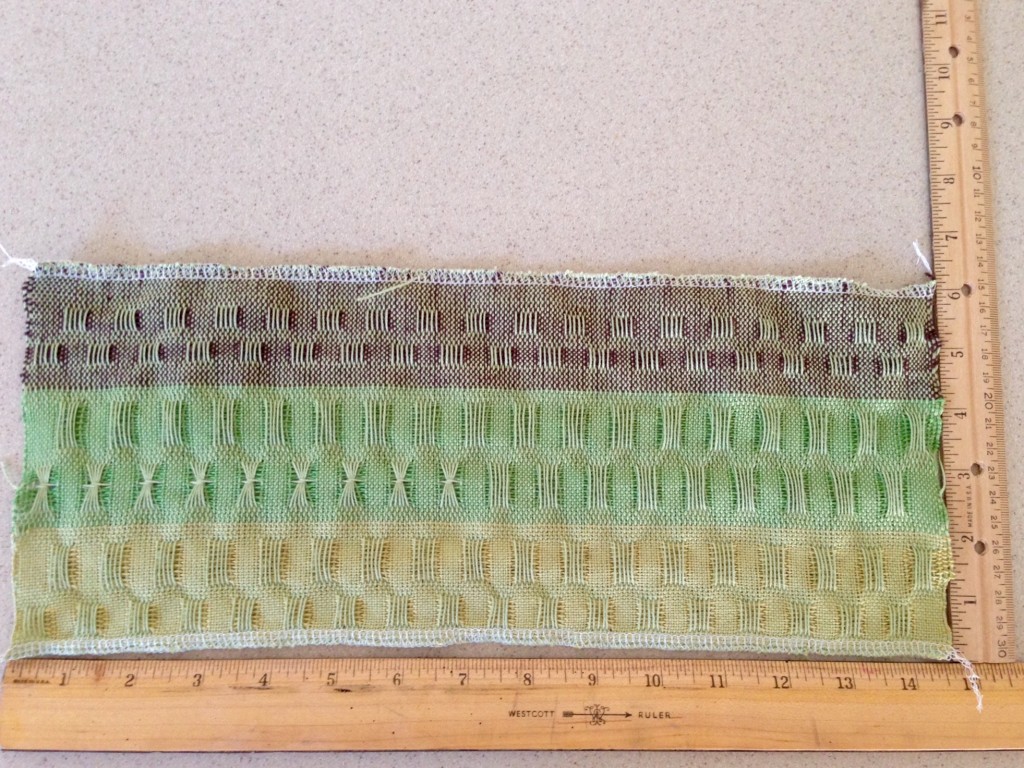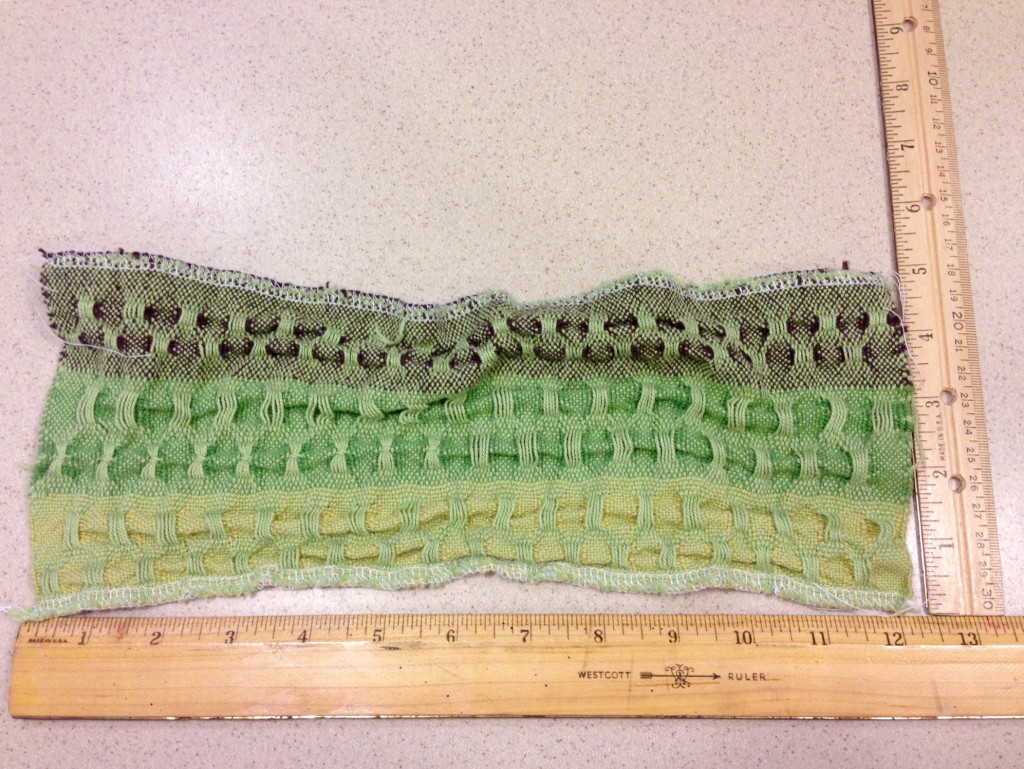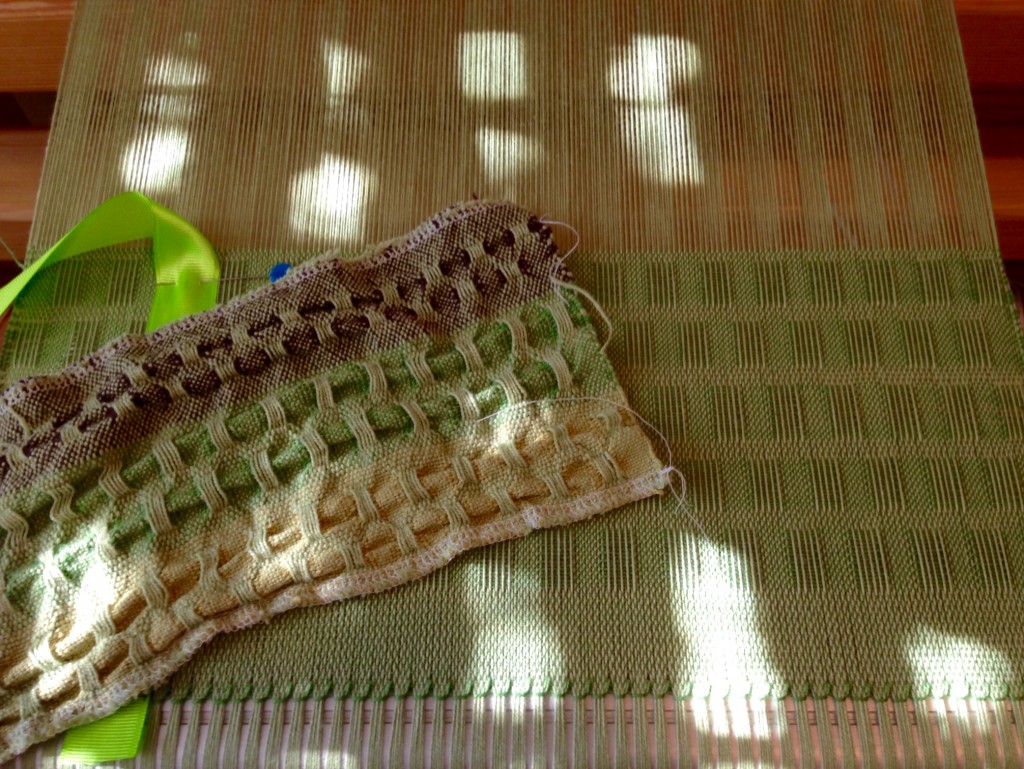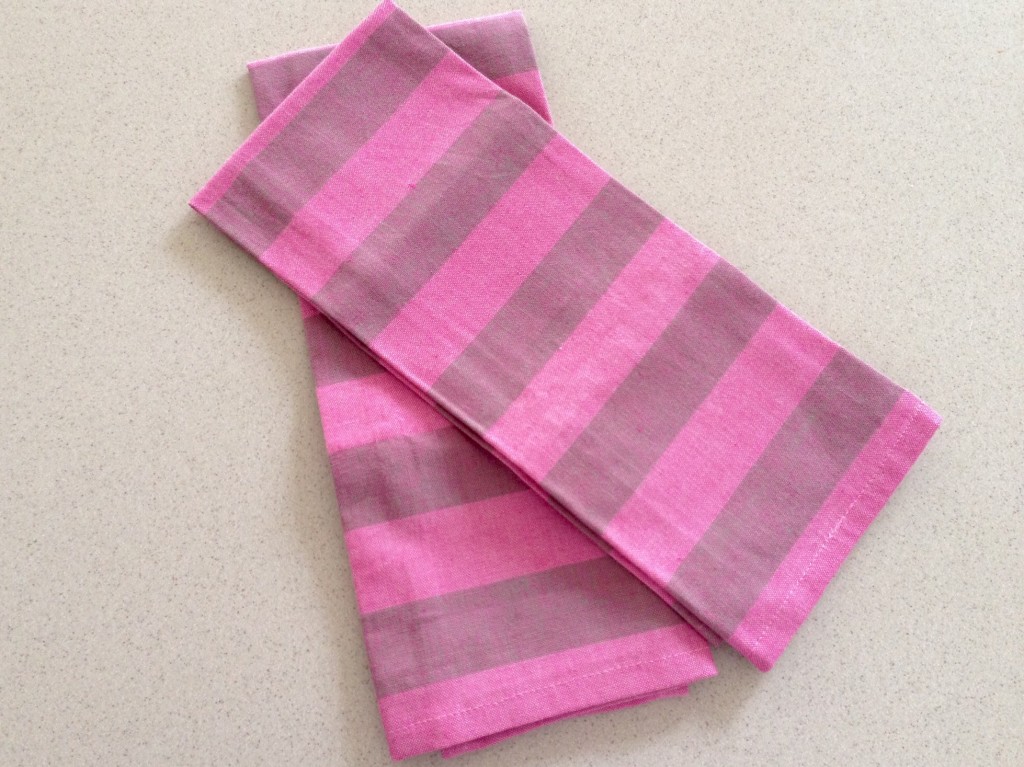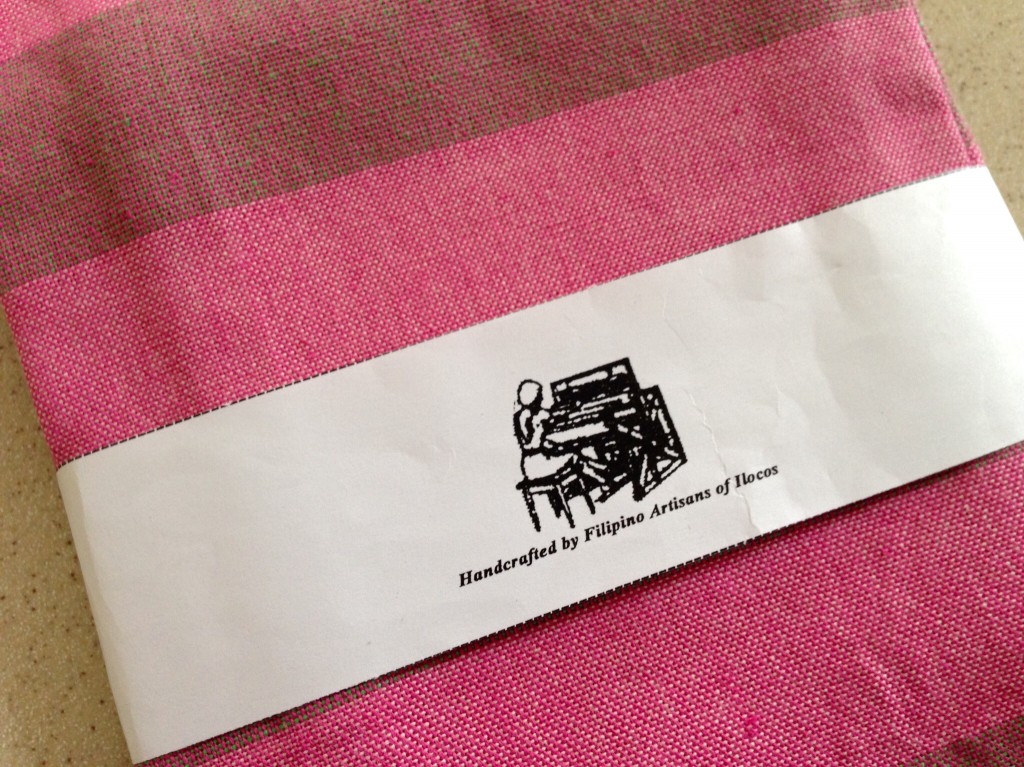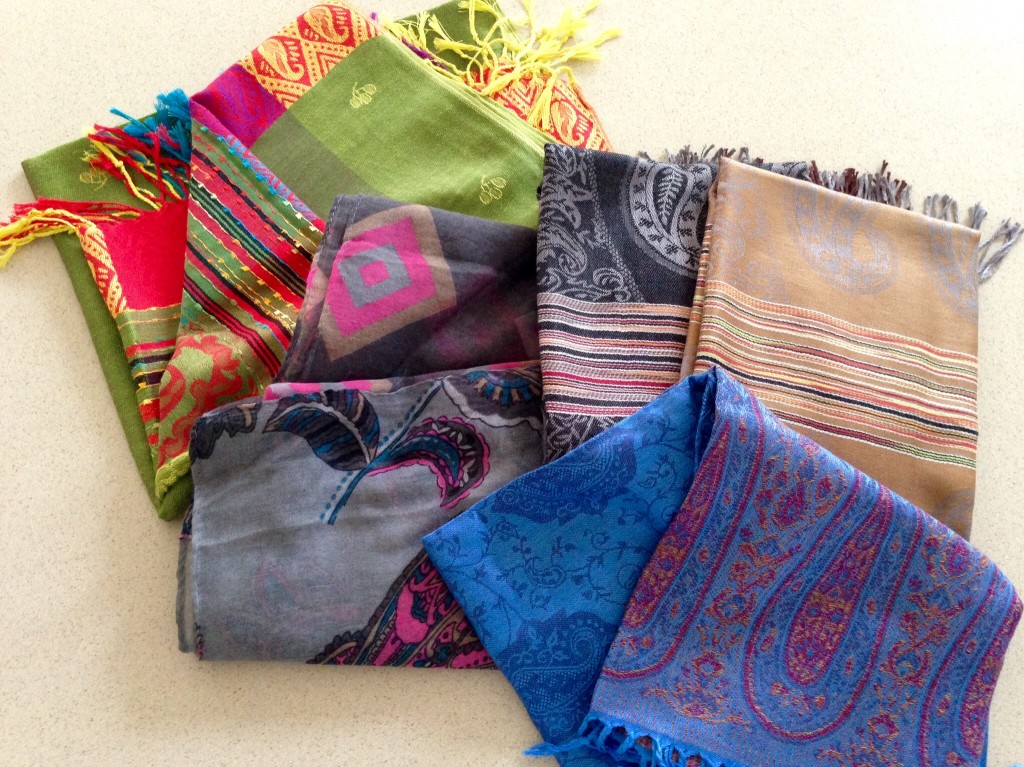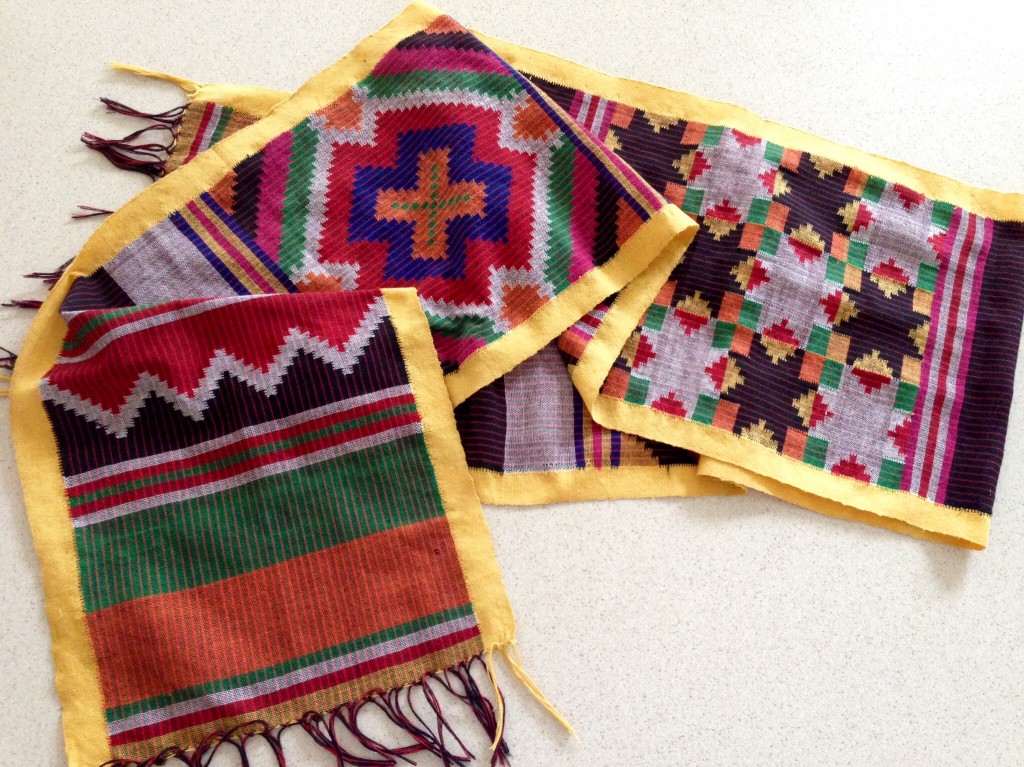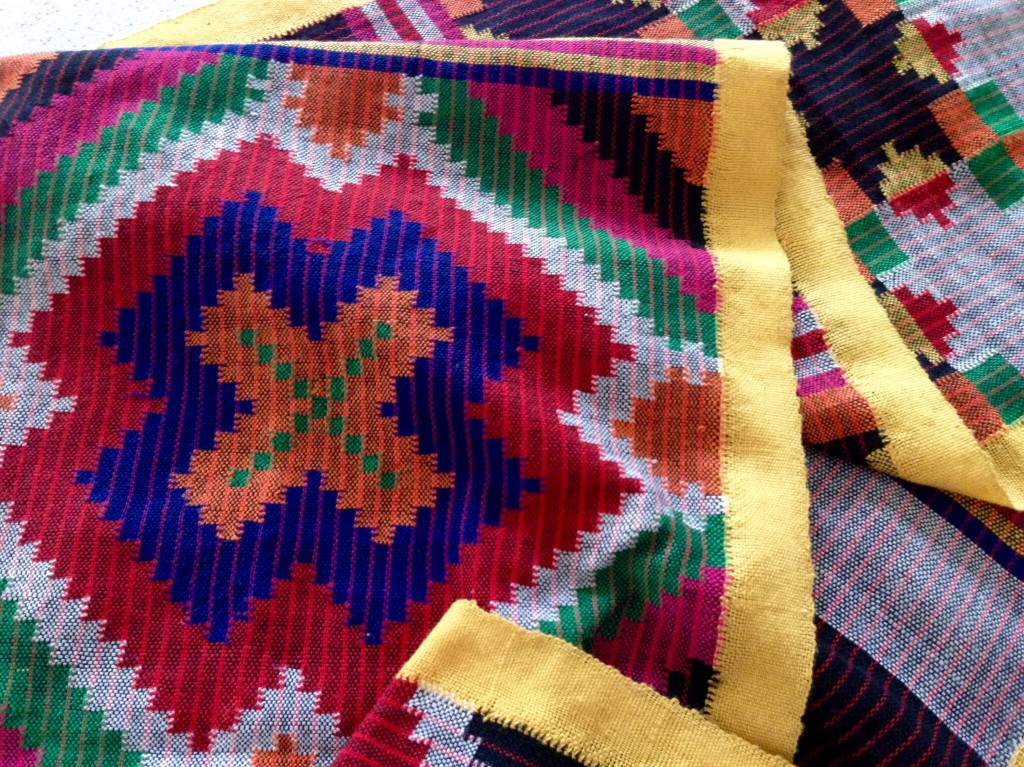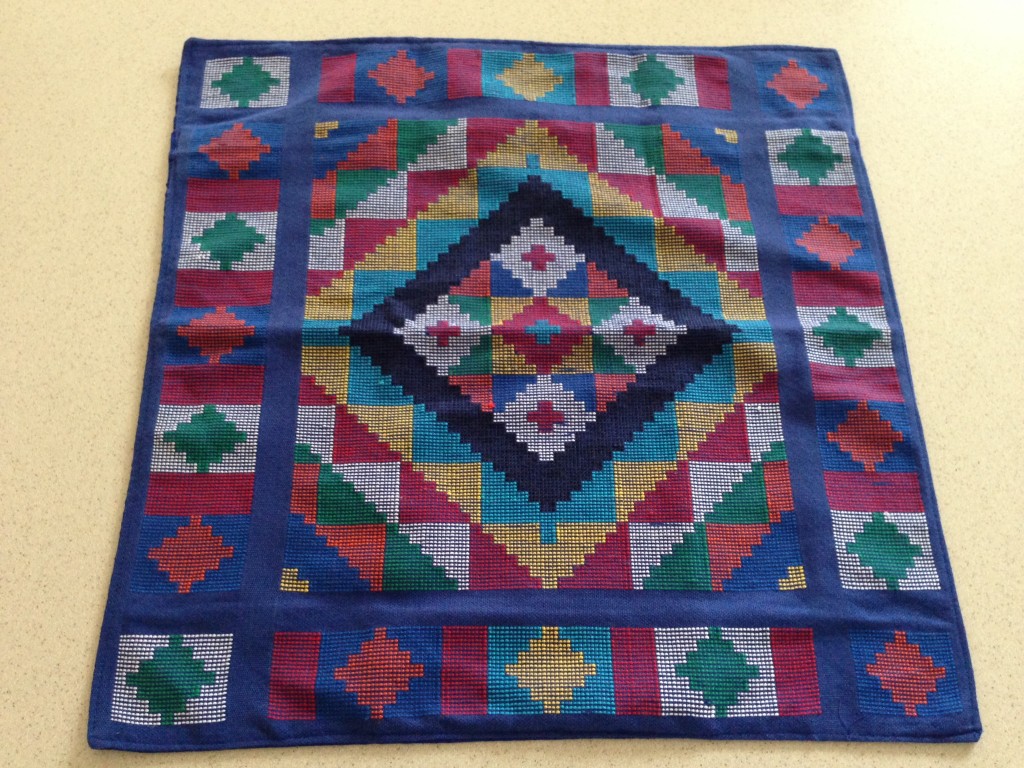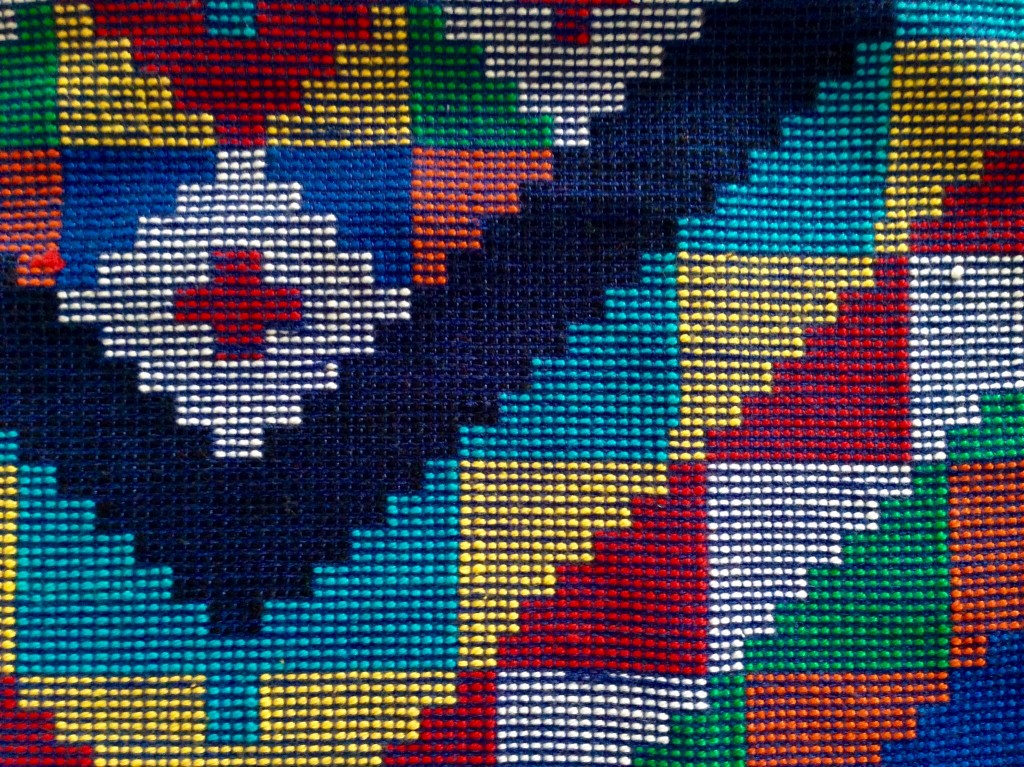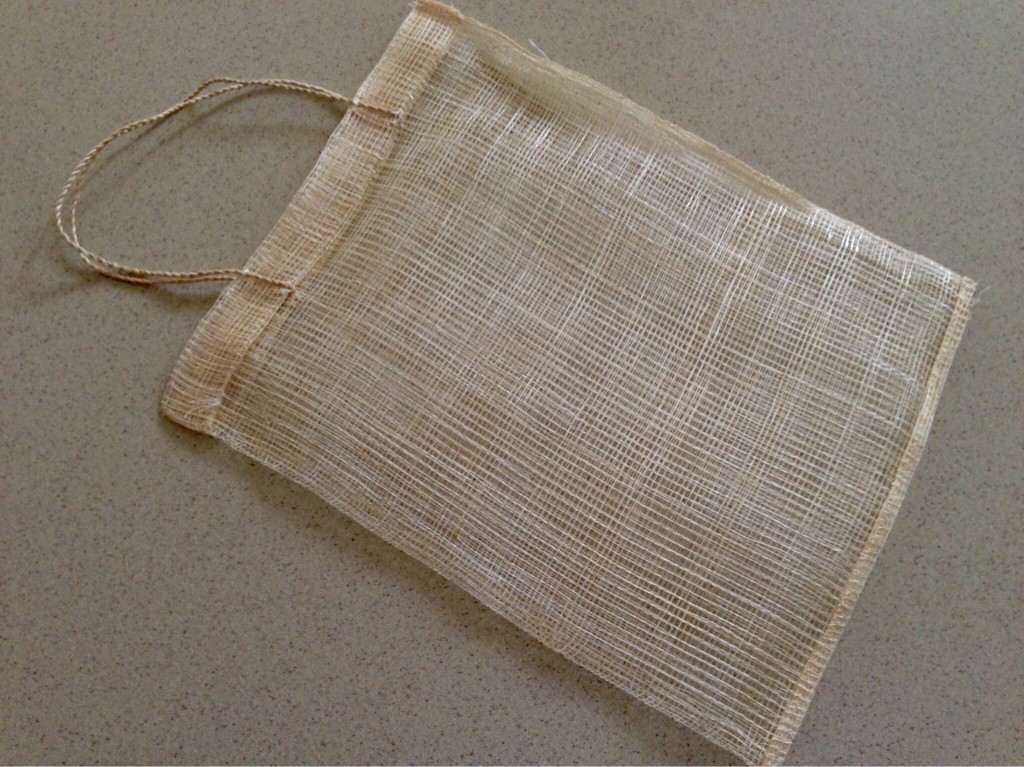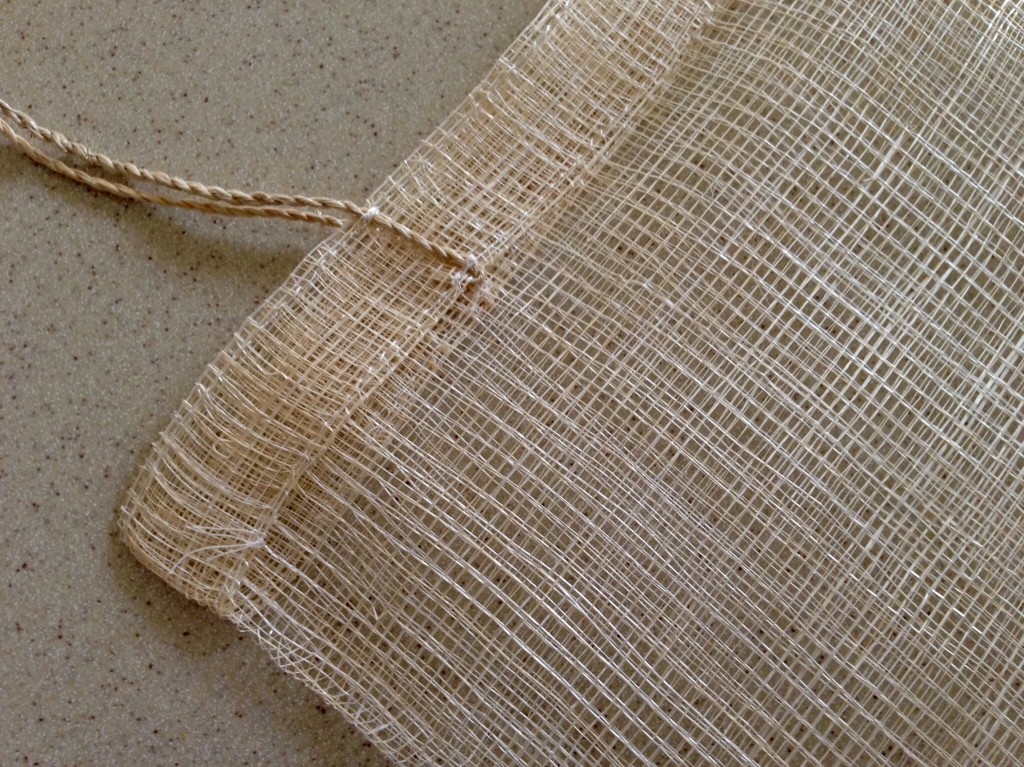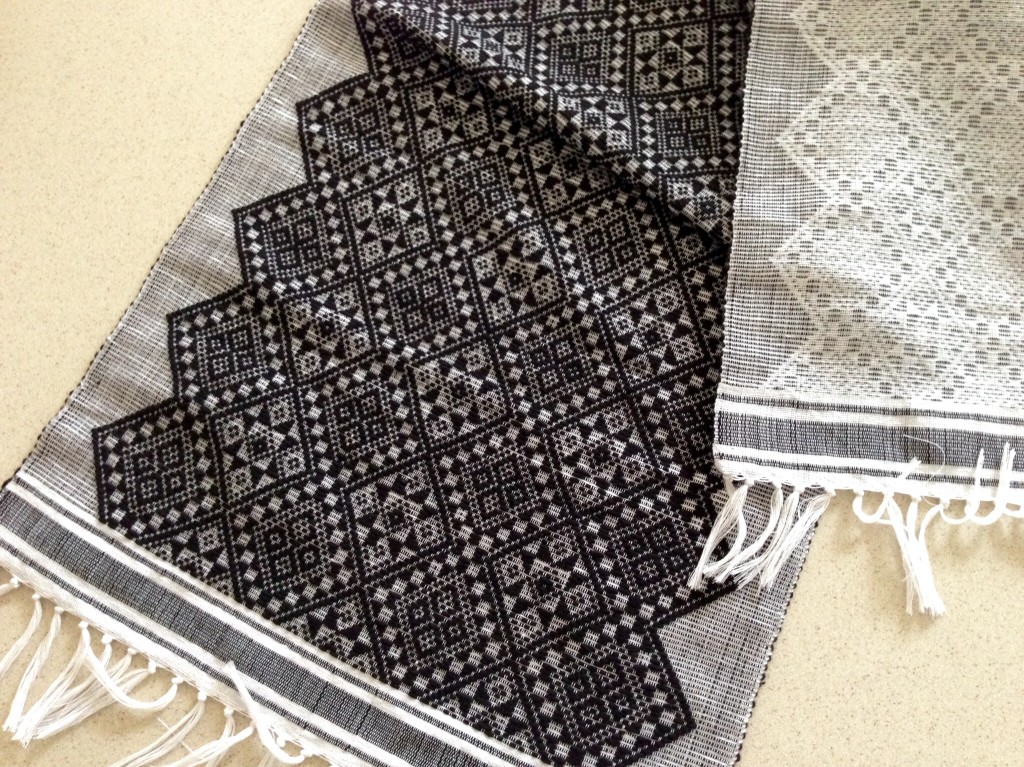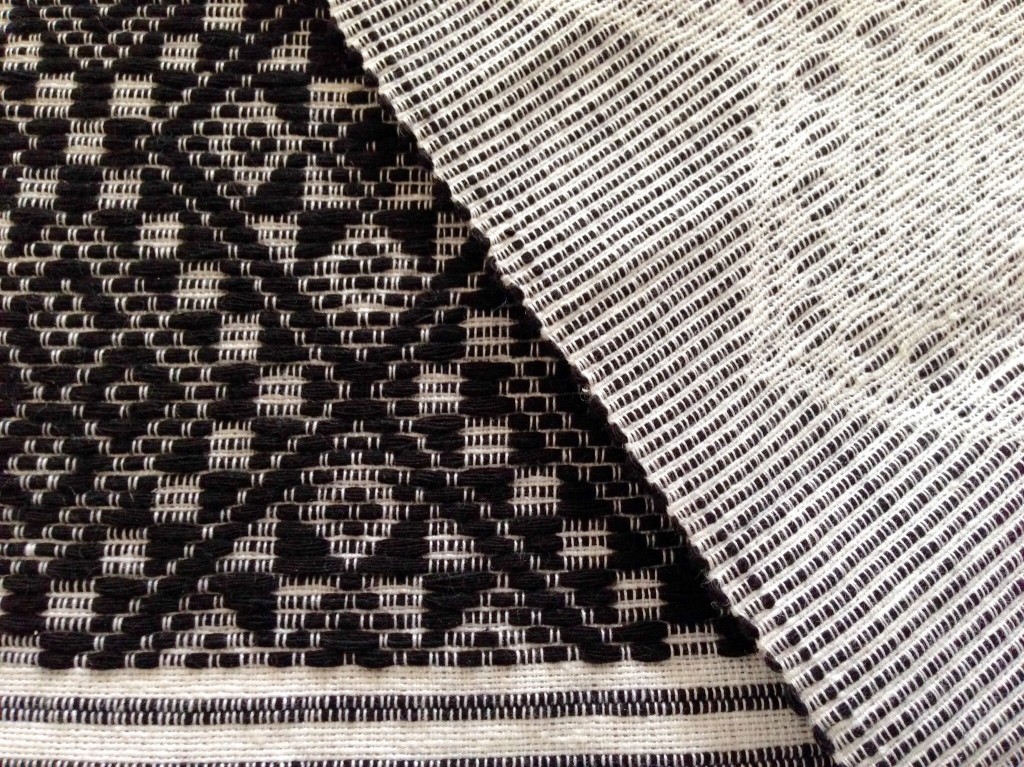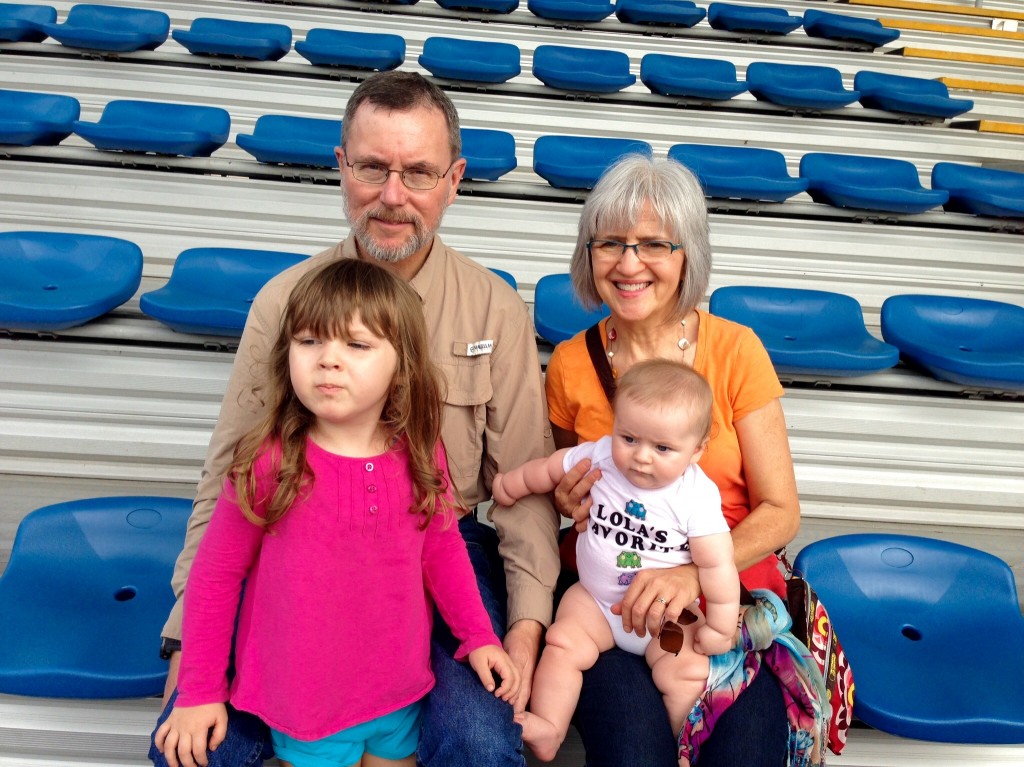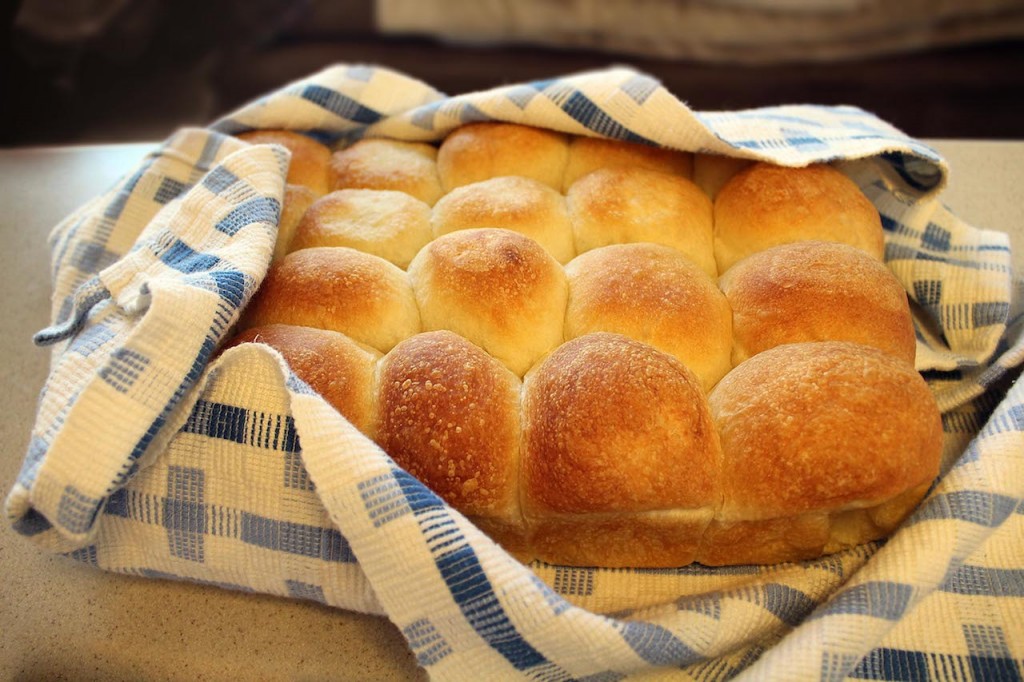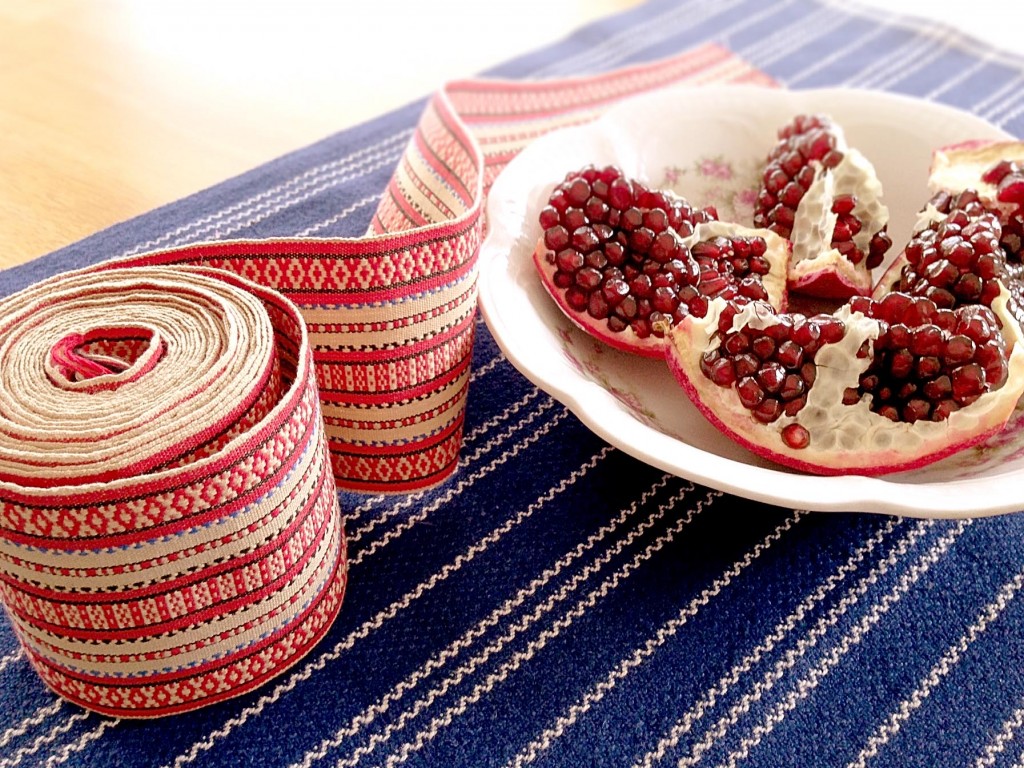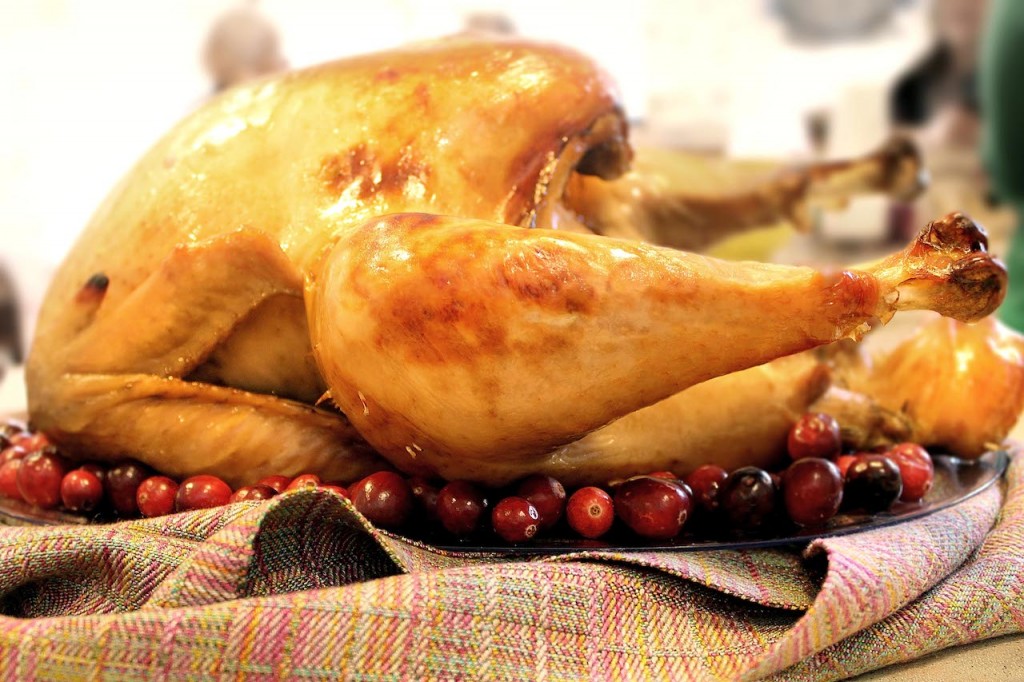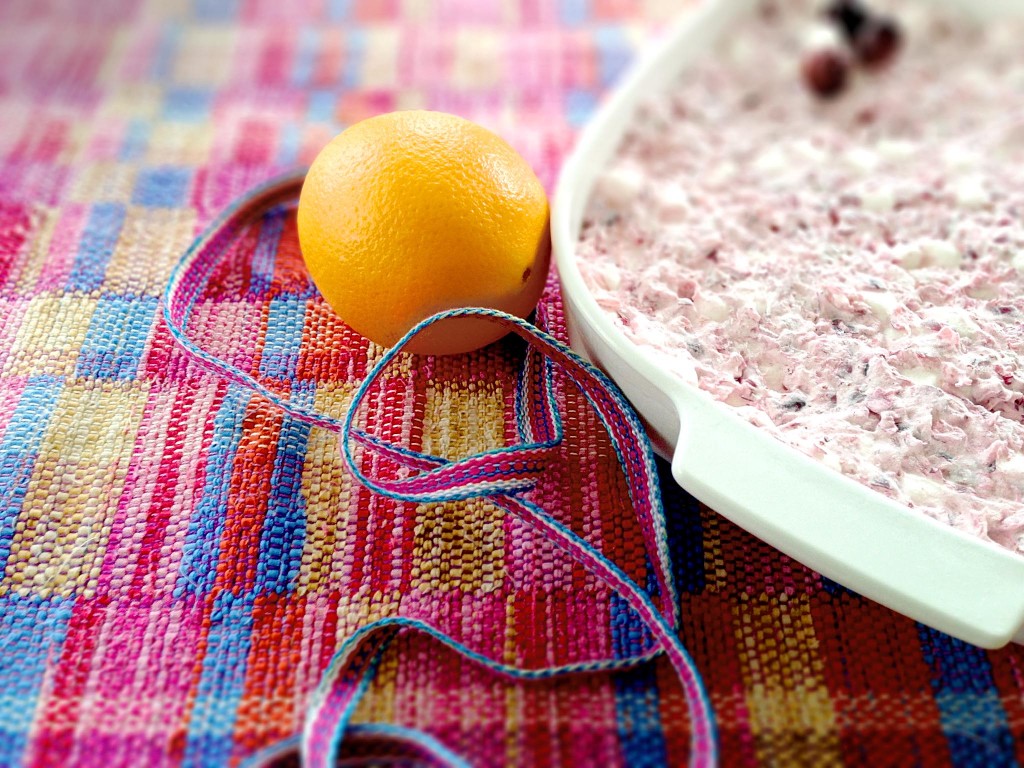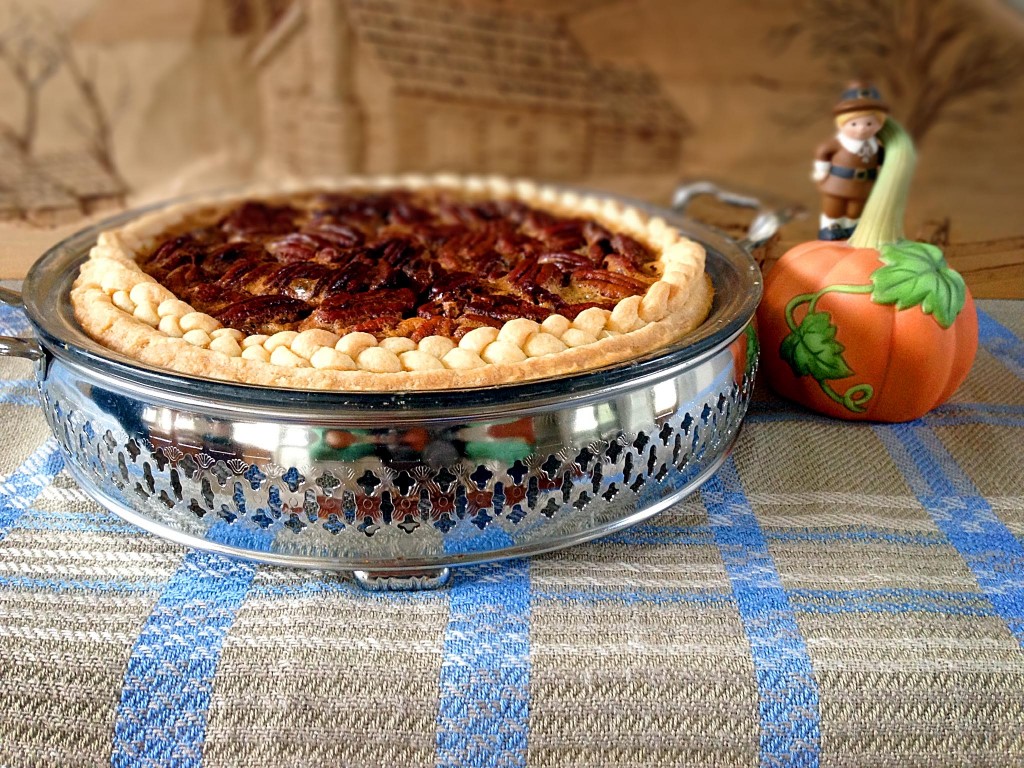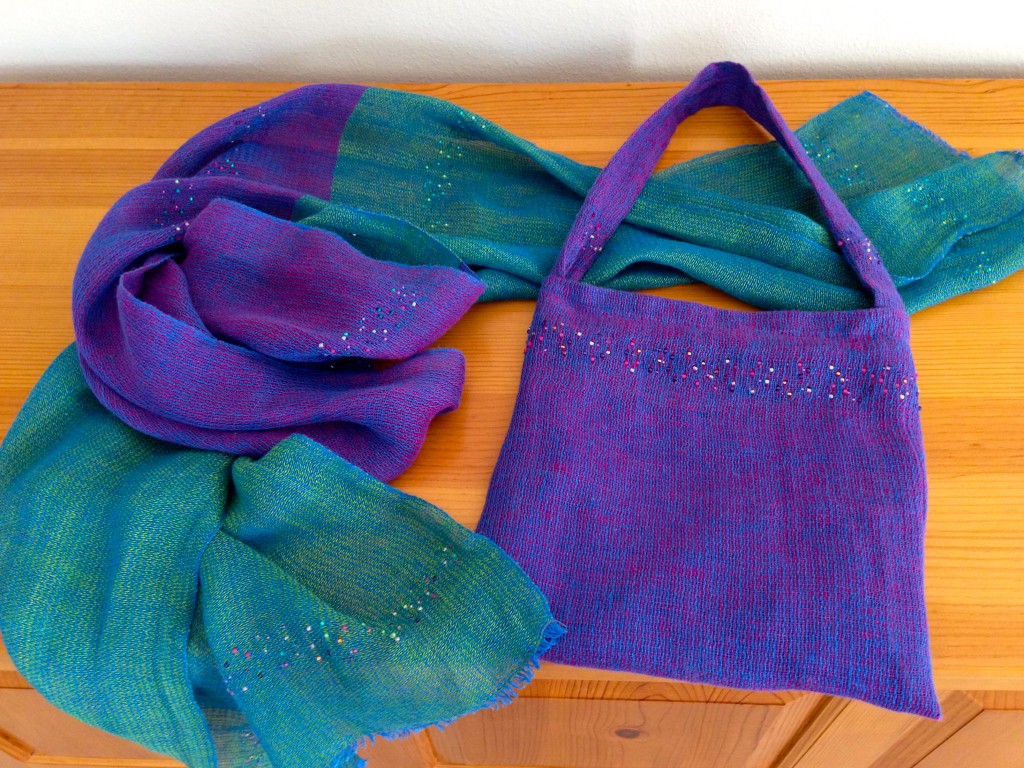I am looking forward to the end product–soft and squishy scarves! I have finished weaving the first scarf, and hemstitched both ends at the loom. The long warp floats don’t worry me, because I know that wet finishing will give me what I wish for–soft, puckered cloth. (You can see how the sample turned out in Puckered Sample.)
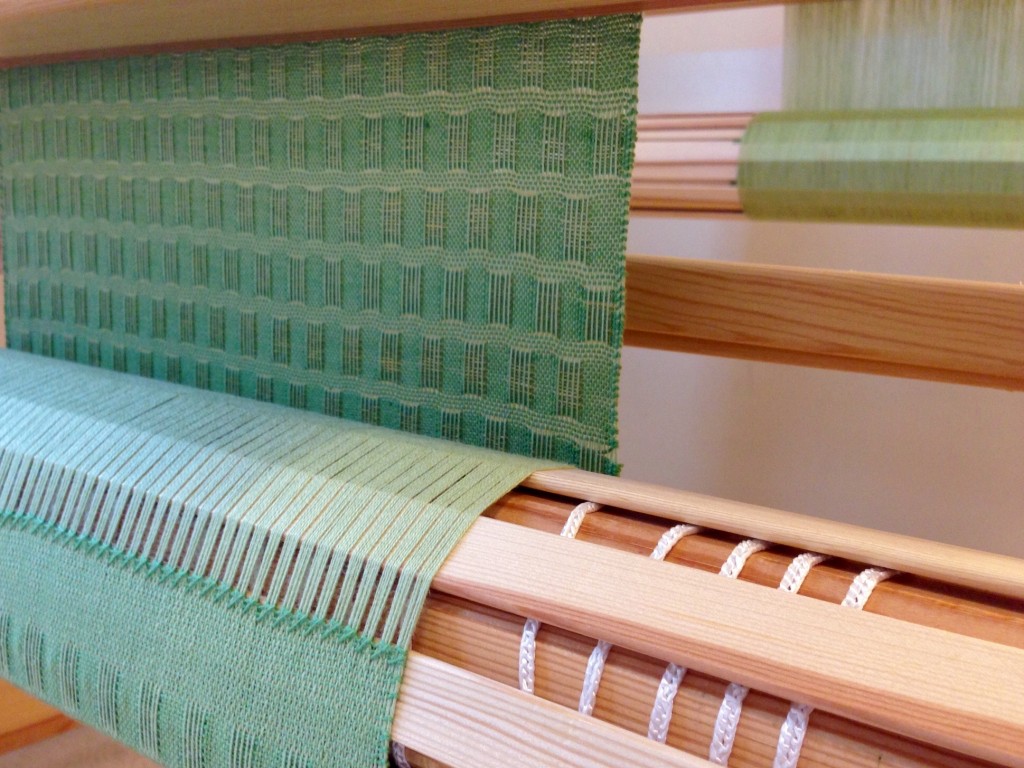
Some things you wish for are simply out of your control. That is how I felt two weeks ago when my mother went to the hospital with life-threatening illness. Wishful thinking is nice, but it doesn’t actually change anything. Prayer does change things. I’m not saying that prayer will necessarily keep someone alive if their body has worn out. I am saying that prayer makes a difference in how things play out in any circumstance.
Things happen when you pray. In this case, my mother beat the odds and left the hospital. Alive! You and I need each other. When we humble ourselves and ask for help, help comes. When we pray and ask God for help, sometimes sick people get better, and weak people get stronger. Our prayers for each other are heard and answered. This is better than wishes come true.
May you have the benefit of someone else’s prayers.
Love,
Karen

